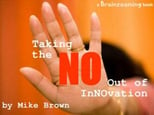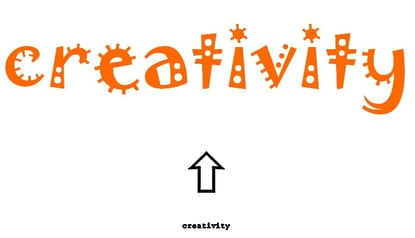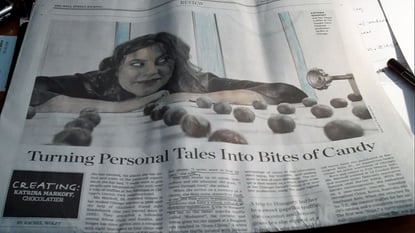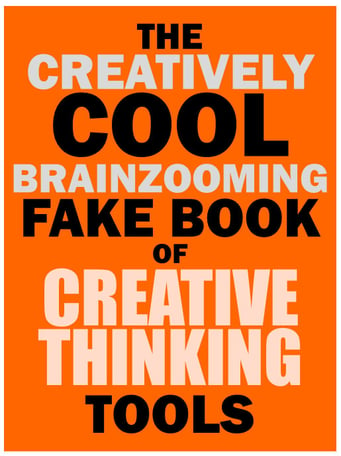Last Saturday’s Wall Street Journal “Books” section featured an article called, “The Agony of Writing” by Pulitzer Prize winner Anna Quindlen. With a not very hopeful opening sentence (“I hate to write”) matching the title, Quindlen shared her approach to the creative performance secrets of her craft in "The Agony of Writing."
Her strategy can be generalized into to the seven following steps to deal with creative blocks and sustain creative performance. Most are comparable to creativity instigators we’ve discussed, but she introduced some intriguing creative strategy twists along the way:
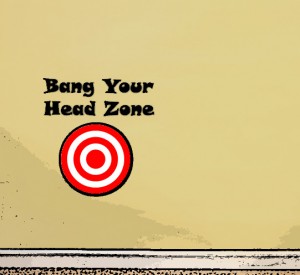 1. Force yourself to start creating
1. Force yourself to start creating
Even if your particular pursuit for creativity is a dreaded struggle, put yourself in a position to start. Whatever the motivation (i.e., intense fear, important obligations, pending financial doom, etc.), motivate yourself to stop procrastinating and start creating.
2. THINK creative; DO something else
Quindlen uses a variation of the phenomenon of coming up with great ideas in the shower to her advantage daily. She begins each day with a one-hour walk where she works on the story flow for her current work. While this isn’t a new creative strategy, until reading her description, I’d never simplified it to, “THINK creative; DO something else.”
3. Remove quality as a hurdle for getting started
Anna Quindlen says she doesn’t “believe in writer’s block.” Her attitude is to start writing, even if it isn’t great writing. She has found anything that feels close to creativity (even if it’s lacking) can lead to better output later. Essentially, crappy is better than nothing when it comes to working through creative blocks.
4. Identify something to put you in your creativity zone
One way to instigate creativity is with a physical object or setting that establishes your mood. Anna Quindlen uses a physical article that puts her into the world about which she is currently writing. I really like the idea of anchoring a cerebral creative process with a physical object. That helps me explain the toys and squeeze balls on my desk.
5. Identify and protect a scheduled creative time that works for you and your creativity rhythms
Your focused creative time has to consistently and predictably support your creative efforts. Quindlen calls her creative time the “elementary school schedule,” since it runs from 9 a.m. to 3 p.m., or the time the kids are away from the house. She even shuns lunches out to avoid breaking her creativity rhythms during the day.
6. Direct your creativity and creative energy to production
Author Truman Capote was noted for talking about his work a lot. Talking about writing isn’t writing, just as talking about ideas isn’t the same as doing something with ideas. Quindlen cautions against using mental energy to talk about your creative task without ever working on it. She also advises individuals to not take on additional jobs or pursue hobbies tapping your primary creative energy. She believes she has only a certain number of words available per day and tweets, emails, and writing for some other purpose use up those precious words.
7. Quit midstream
Anna Quindlen always ends her writing for the day in mid-sentence. Because she hasn’t finished up the day with a completed sentence, she has a natural place (and a head start) in getting started the next day. This was a different take for me, and I suspect for most people. It seems people usually try to stop at a “natural stopping place,” which is a point of completion, even if it’s an interim one. I’ll definitely try to quit midstream and see how it works.
Well?
That's what a Pulitzer Prize winnder does to sustain creative performance. Can you see yourself incorporating these ideas into your creativity regimen? Are there other creative strategies working better for you? – Mike Brown
Download the free ebook, “Taking the NO Out of InNOvation” to help you generate fantastic ideas! For an organizational creativity boost, contact The Brainzooming Group to help your team be more successful by rapidly expanding strategic options and creating innovative plans to efficiently implement. Email us at info@brainzooming.com or call us at 816-509-5320 to learn how we can deliver these benefits for you.

